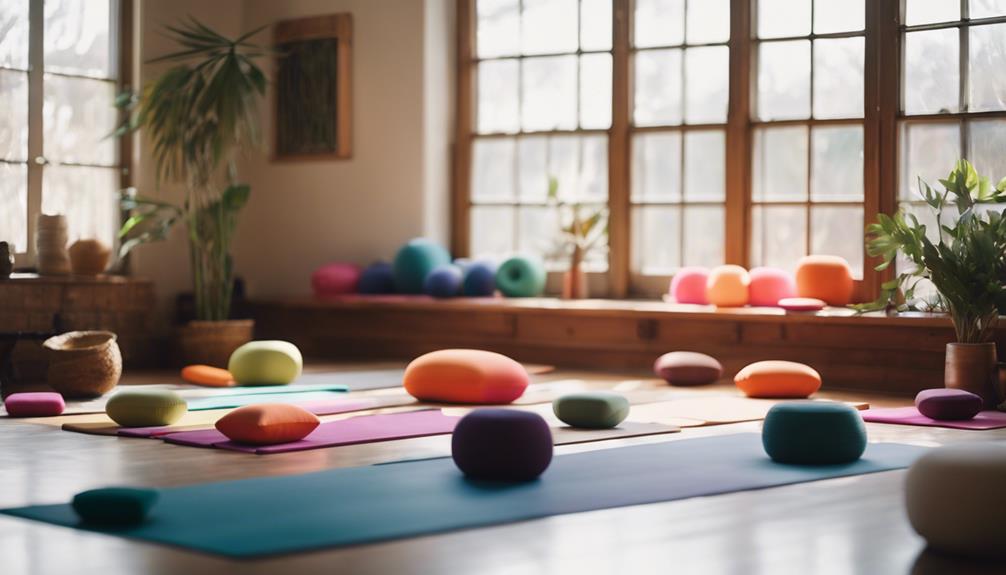What’S Better Pilates Or Yoga

Understanding the Basics: Pilates and Yoga
When it comes to fitness and wellness, two popular practices often come into conversation: Pilates and yoga. Both disciplines focus on physical and mental well-being, but they have distinct origins and methodologies. Pilates, developed by Joseph Pilates in the early 20th century, emphasizes core strength, flexibility, and body awareness. It combines physical fitness with mental focus, making it a favorite among athletes and those recovering from injury. On the other hand, yoga has ancient roots in Indian philosophy and spirituality, focusing on breath control, meditation, and postures (asanas) to promote overall health and inner peace. Understanding these foundational differences is crucial in determining which might be better for you.
Physical Benefits of Pilates
Pilates is primarily known for its emphasis on core strength and stability. Practitioners often experience improved posture, increased flexibility, and enhanced muscle tone. One of the fundamental principles of Pilates is the “powerhouse,” which refers to the core muscles that support the spine and pelvis. By focusing on these areas, Pilates helps to create a strong foundation for movement, making it an excellent choice for those looking to improve their athletic performance or recover from injuries. Additionally, Pilates exercises are often low-impact, making them accessible for a wide range of fitness levels, including those with chronic pain or joint issues.
Physical Benefits of Yoga
Yoga, on the other hand, offers a more holistic approach to fitness. While it also enhances flexibility and strength, yoga incorporates breathing techniques and meditation, promoting relaxation and mental clarity. The practice of yoga can lead to improved balance, coordination, and overall body awareness. Many people turn to yoga not just for physical benefits but also for its ability to reduce stress, anxiety, and depression. Different styles of yoga, such as Hatha, Vinyasa, and Yin, cater to various needs and preferences, allowing individuals to choose a practice that resonates with them.
Mental and Emotional Benefits of Pilates
Apart from its physical advantages, Pilates also offers significant mental benefits. The focus on controlled movements and breathing encourages mindfulness, helping practitioners stay present in the moment. Many people find that Pilates enhances their mental clarity and concentration, making it easier to navigate daily challenges. Furthermore, the emphasis on core strength can lead to increased confidence and self-image, as individuals become more aware of their bodies and capabilities. This mental aspect can be particularly beneficial for those with busy lifestyles, providing a necessary break from the chaos and a chance to reconnect with oneself.
Mental and Emotional Benefits of Yoga
Yoga is often considered a moving meditation, and its mental health benefits are well-documented. Regular yoga practice can lead to reduced levels of cortisol, the stress hormone, thereby alleviating anxiety and promoting relaxation. The incorporation of breathwork and meditation techniques allows practitioners to cultivate a sense of inner peace and emotional stability. Many individuals report that yoga helps them develop a deeper connection to themselves and their surroundings, fostering a greater sense of compassion and mindfulness. This emotional awareness can lead to improved relationships and a more positive outlook on life.
Comparing Class Structures: Pilates vs. Yoga
The structure of classes in Pilates and yoga can also differ significantly. Pilates classes often focus on specific exercises targeting different muscle groups, usually led by an instructor who offers personalized guidance. Equipment like reformers, resistance bands, and weights may be utilized to enhance the workout. In contrast, yoga classes typically follow a sequence of poses that flow together, with an emphasis on breath synchronization. While both classes can vary in intensity, Pilates tends to be more focused on strength training, while yoga often incorporates more flexibility and balance work. Depending on your fitness goals, this distinction can help you decide which practice aligns better with your needs.
Choosing the Right Practice for You
When evaluating “what’s better: Pilates or yoga,” it’s essential to consider your personal fitness goals, preferences, and lifestyle. If you’re looking to build core strength, improve athletic performance, or recover from an injury, Pilates may be the better choice. Conversely, if you seek a more holistic approach to fitness that combines physical movement with mental well-being, yoga might be the way to go. Many individuals find that incorporating both practices into their routine offers a balanced approach to fitness and wellness, addressing both physical and mental health.
Conclusion: The Perfect Blend of Pilates and Yoga
In conclusion, both Pilates and yoga offer unique benefits that can enhance your fitness journey. While Pilates is excellent for developing core strength and stability, yoga provides a more holistic approach to wellness through mindfulness and relaxation. Ultimately, the choice between Pilates and yoga depends on your individual goals, preferences, and lifestyle. By exploring both practices, you may find that a blended approach can lead to the most significant benefits, allowing you to enjoy the best of both worlds. Whether you choose Pilates, yoga, or a combination of both, you’re embarking on a journey toward improved health and well-being that can lead to a more balanced and fulfilling life.
—
By understanding the nuances of Pilates and yoga, you can make an informed decision about which practice is better suited for your needs. Embrace the journey of self-discovery and well-being, and remember that both practices can complement each other beautifully, promoting a healthier and happier you.How Long Is Corepower Yoga Sculpt